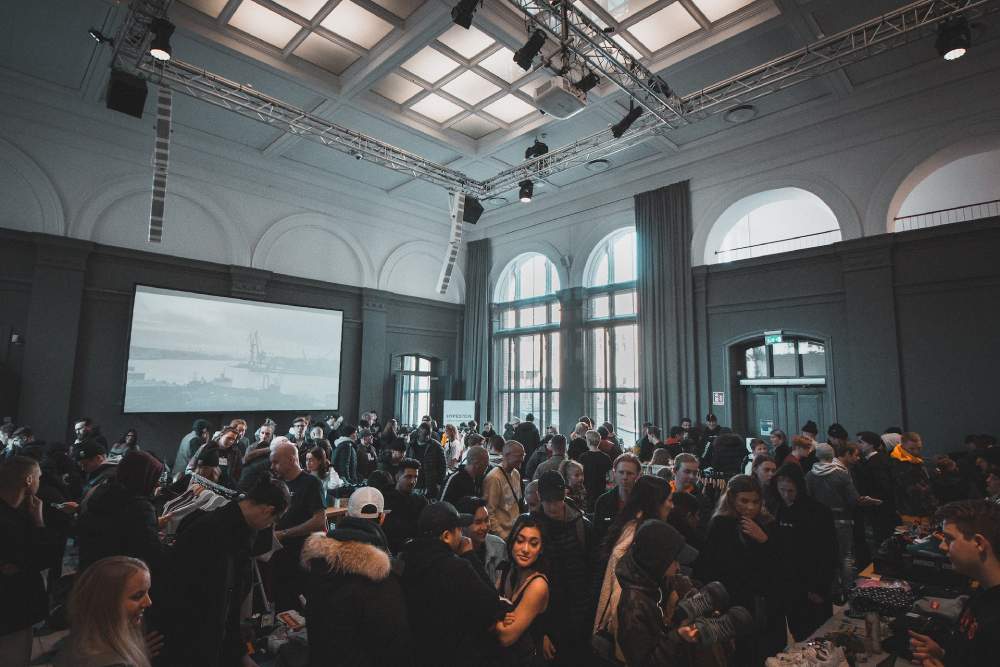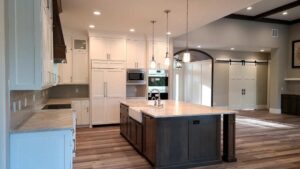
Why Understanding Venue Capacity Is Crucial for Event Planning Success
Accurate venue capacity measurements ensure every attendee has space and the event will flow smoothly. Learn how to calculate venue capacity to ensure your event will be a hit!
Begin by estimating the number of attendees you expect. Compare this estimate to the maximum occupancy limits, and select a venue that comfortably fits your guest list.
Guest List
When choosing an event venue, consider the number of people you invite. This guest list should be based on several factors, including the event type and your budget.
It is important to note that seating capacity isn’t the same as total venue capacity, which refers to a legal limit set by the fire marshal that dictates the maximum number of people allowed in a space simultaneously. The legal limit is not a good gauge of how comfortably a venue will hold your guests because it doesn’t factor in things like the stage, soundboard, photo booth, buffet, and bar areas.
In organizing events, an essential consideration involves calculating venue capacity and ensuring that the space accommodates attendees comfortably while adhering to safety and regulatory standards.
In addition, venue capacity has more to do with the space layout than its physical dimensions. Two venues with the same seat capacity can provide a very different experience depending on how they are configured, so it’s a good idea to request an illustrated floor plan and walk through your favorites before making a final decision.
Venue Layout
Once you have a firm idea of your guest list and are comfortable that the venue can handle it, you can move on to designing an event layout. This will involve getting accurate measurements for interior venue rooms and outdoor areas to create a scaled site map that will allow you to see to what extent items like stages, tables, chairs, bars, dance floors, booths, etc, can be placed.
It’s also important to consider what activities you plan to incorporate into your event. For instance, a theater-style room with rows of chairs may be ideal for a keynote speaker or panel discussion but isn’t conducive to workshop sessions or a more interactive learning environment.
Another essential factor to consider is whether the venue has any limitations that may hinder your plans (like low ceilings, limited or inconvenient elevators, narrow hallways). Selecting a venue with ample parking and transportation options can make it easier for attendees to get there and minimize stress and traffic congestion.
Seating Style
The type of seating arrangement you choose can have a significant impact on your event’s success. Whether you opt for theater-style seats aligned in rows or banquet-style with tables and chairs, working with your venue representative to determine the most appropriate seating arrangement to fit your guest count is essential.
You must also allow for space needed for staff and vendors. A cramped environment can create bottlenecks and lead to frustration for attendees. You’ll want to ensure there is plenty of room for catering teams, presenters, AV technicians, and event planners to do their jobs without hindering the overall experience for your guests.
You’ll also need to consider any activities, demonstrations, or exhibitions planned for your event. You’ll need to ensure these features do not impede seating areas or prevent attendees from moving around the venue quickly. For example, a stage may need to be set up, or a bar might take up much of the room’s floor space.
Amenities
The capacity of the venue should align with the estimated number of attendees. Too little space can cause discomfort and prevent attendees from engaging with the delivered content.
The amenities available at the venue also impact how many people can comfortably fit in a space. For example, if you want to host an event with 500 guests but the venue only seats 250, it won’t be comfortable for everyone.
Other factors to consider include the space needed for staff and vendors. Ensure these teams have adequate behind-the-scenes space to work without disrupting the guest experience. Having flexible seating arrangements is also important to account for last-minute changes to your attendee count. Use your measuring tape or floor plan software to visualize seating layouts and test them on-site visits before finalizing them. Some offer a wide variety of space-efficient furniture to help you optimize your event space


